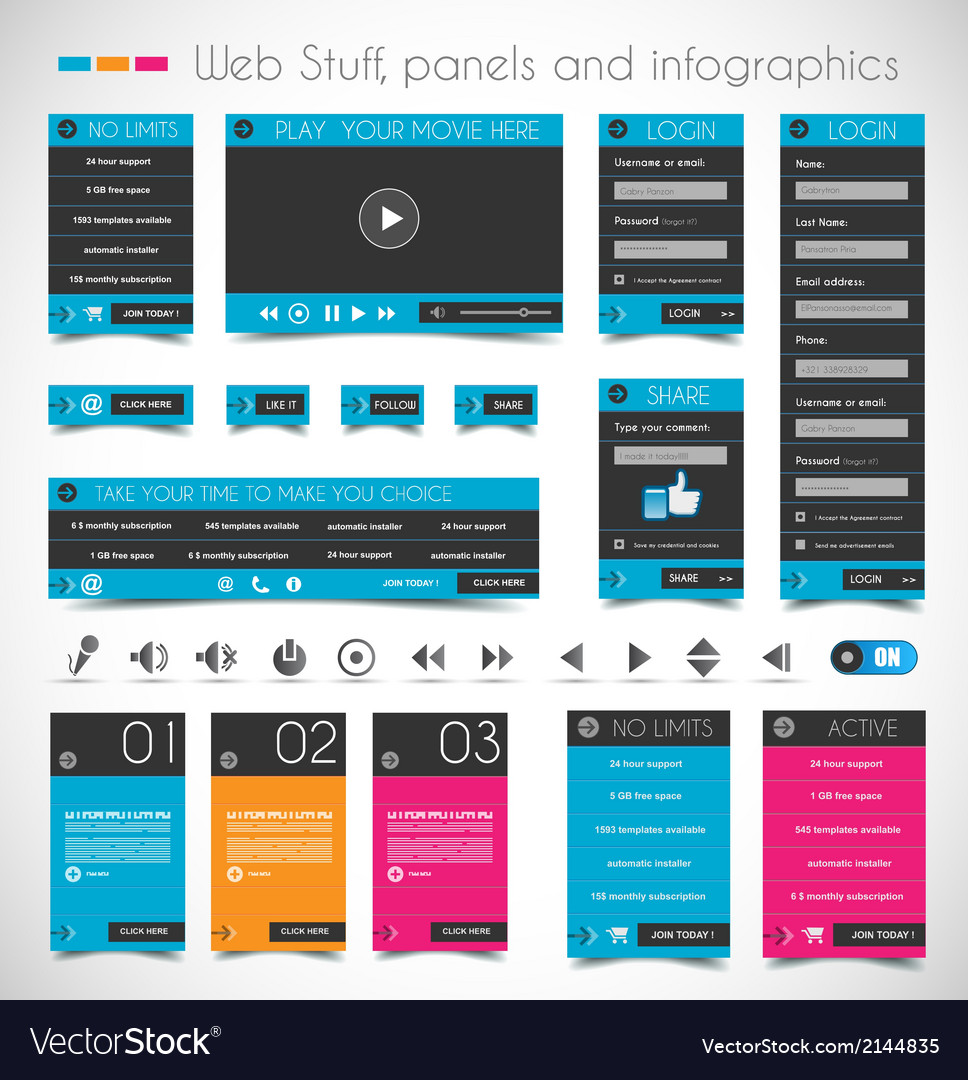The Development Of Site Layout: From Past To Present
The Development Of Site Layout: From Past To Present
Blog Article
Post Created By-Thorsen Lunde
In the past, websites were easy and focused on info. Navigation was direct, and design was for desktop computers. Now, individual experience is essential. Information guides designs for very easy navigating. Receptive layouts suit various gadgets. Today, dark mode reduces stress, and minimalist menus boost navigating. Interactive attributes involve individuals, and strong visuals attract attention. AI integration increases interaction. See how design has actually progressed to enhance your on the internet trip.
Very Early Days of Website Design
In the early days of web design, simplicity reigned supreme. Internet sites were fundamental, with restricted shades, fonts, and layouts. The focus got on supplying details rather than showy visuals. Individuals accessed the internet through slow dial-up links, so rate and functionality were key.
Navigating food selections were straightforward, normally situated on top or side of the page. Web sites were developed for desktop computers, as mobile surfing wasn't yet common. Material was king, and developers focused on simple readability over complicated layout components.
HTML was the main coding language made use of, and developers had to work within its constraints. https://www.forbes.com/sites/forbesbusinesscouncil/2022/02/02/new-developments-in-digital-marketing-for-2022/ and interactive features were marginal compared to today's criteria. Sites were static, with little vibrant content or personalized user experiences.
Rise of User-Focused Style
With the evolution of site style, a change in the direction of user-focused style concepts has actually come to be significantly noticeable. Today, creating web sites that focus on user experience is vital for engaging site visitors and attaining organization goals. User-focused style entails understanding the demands, choices, and actions of your target audience to customize the website's format, content, and includes appropriately.
Designers currently carry out thorough research study, such as user surveys and functionality screening, to collect understandings and feedback straight from customers. This data-driven technique aids in creating intuitive navigation, clear calls-to-action, and visually enticing interfaces that resonate with site visitors. By putting the individual at the facility of the style procedure, web sites can supply a much more individualized and pleasurable experience.
Receptive design has actually additionally become a vital facet of user-focused style, ensuring that websites are optimized for various gadgets and display sizes. This versatility improves access and usability, catering to the diverse methods individuals interact with web sites today. Essentially, the surge of user-focused style represents a change towards developing electronic experiences that focus on the demands and expectations of the end user.
Modern Trends in Website Design
Check out the most up to date patterns shaping website design today. One prominent pattern is dark mode design, supplying a smooth and contemporary look while minimizing eye pressure in low-light environments. An additional key fad is minimalist navigating, streamlining menus and enhancing customer experience by focusing on essential elements. Integrating micro-interactions, such as computer animated switches or scrolling impacts, can produce an extra engaging and interactive website. Receptive design remains crucial, making sure seamless customer experiences across numerous gadgets. Furthermore, using strong typography and unbalanced designs can add aesthetic passion and draw attention to particular material.
Integrating AI modern technology, like chatbots for customer support or customized recommendations, boosts user involvement and improves processes. Accessibility has additionally end up being a substantial fad, with designers prioritizing comprehensive style methods to accommodate diverse user needs. Welcoming sustainability by enhancing site efficiency for speed and effectiveness is another emerging pattern in website design. Working together with https://www.searchenginejournal.com/content-marketing-trends-2022/428673/ and information analytics to iterate and improve style continually is necessary for remaining appropriate in the ever-evolving electronic landscape. By embracing these modern trends, you can develop an aesthetically attractive, straightforward website that resonates with your audience.
Final thought
As you review the development of site layout from the early days to now, you can see how user-focused style has become the driving force behind contemporary patterns.
Welcome the journey of adjustment and adjustment in website design, constantly maintaining the user experience at the leading edge.
Remain existing with the most recent fads and modern technologies, and never ever stop advancing your approach to develop visually magnificent and user-friendly web sites.
Advance, adjust, and produce - the future of web design remains in your hands.
